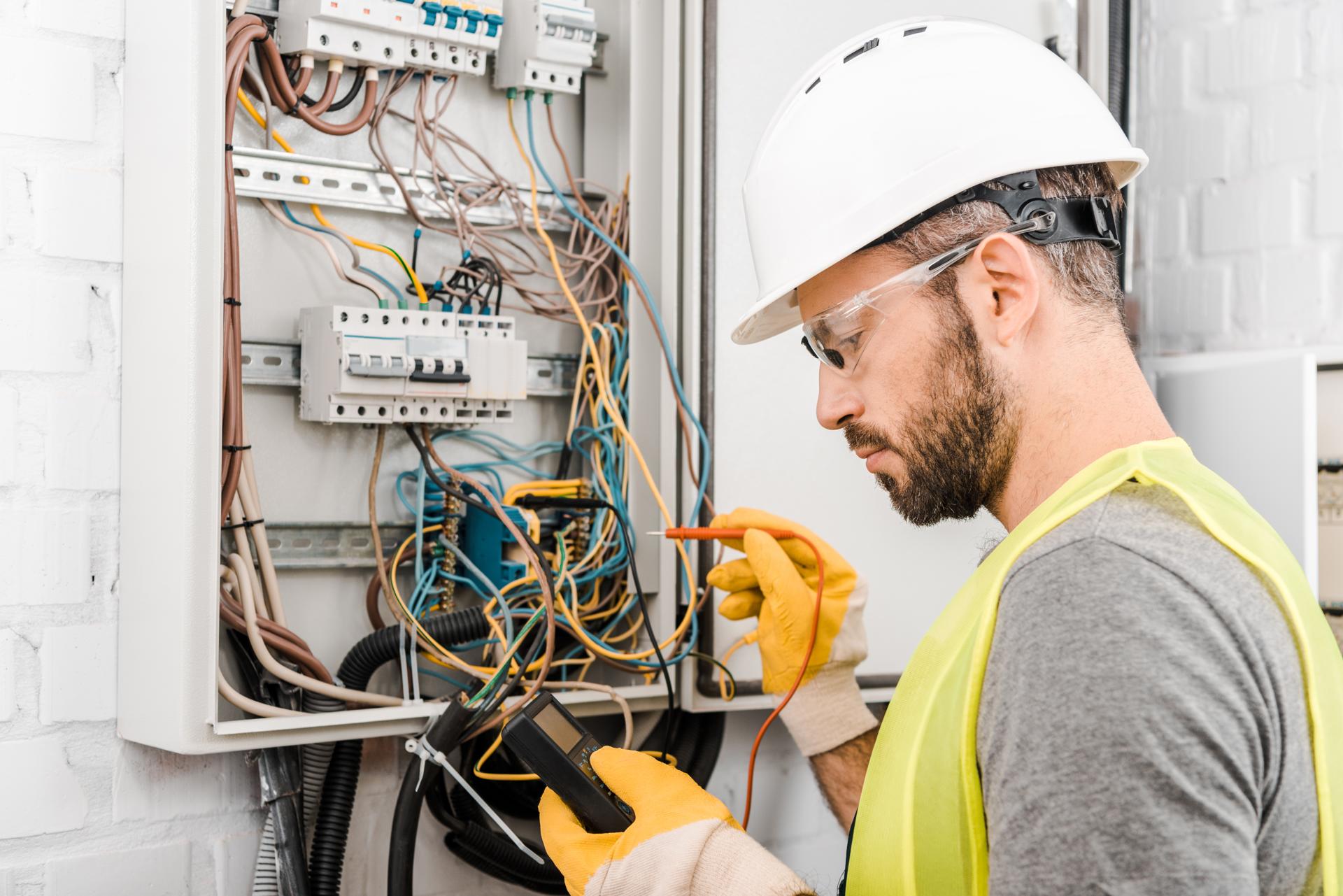The Essentials of Electrical Wiring in Your Home: An Amateur's Perspective

Electricity is an essential component of our lives, powering everything from the lights of our houses to devices that we use each day. However, electricity systems are complicated, knowing how they operate can be difficult. In this article, we’ll break down the various components in an electrical circuit and explain how circuits work to power devices and appliances. Our residential electricians can handle any electrical jobs you need.
Components of an Electrical System
An electrical system has several key components that work together to provide power throughout the home. This includes:
Breaker box: the main distribution point for electric power in a home, where the electricity is divided into several circuits
Outlets and switches: the points where electricity is delivered to devices and appliances
Wiring: the electrical wires that transport electric current from the box to outlets and switches
Electrical appliances and devices: appliances and devices that require electricity to function.
Electrical Circuits
An electrical circuit is a path which allows electricity to flow from the point of origin (the breaker box) to appliances and devices within a home. There are two kinds of electrical circuits in homes which are 120-volt circuits and 240-volt circuits. 120-volt circuits are used for the majority of household appliances and appliances, while the 240-volt circuits are designed for larger appliances such as air conditioners and electric dryers.
Electrical circuits function by creating the loop which allows electricity to flow from the source to the device or appliance. The loop is made up of a hot wire that is the conduit for electricity, a neutral wire that completes the circuit and a ground wire , which is an avenue for electricity to reach the ground in case there is a problem.
Understanding the electrical Wiring
Electrical wiring is available in a variety of different types, including non-metallic sheathed wire (NM) and armored cable (AC), and conduit. Each type comes with its own pros and disadvantages, and the choice of the wiring type is contingent upon the specific requirements of the installation.
Electricity travels through wiring by creating a flow of electrons that travel through the wire. Electrons move through the wire from source, to appliance or device returning to the source using the neutral wire. It’s essential to ensure that the wiring is put in place and maintained in a correct manner, as defective wiring could lead to electrical hazards like shocks and fires.
Common Electrical Problems
Common electrical issues that homeowners face include tripping the breakers, flickering lights, and disconnected outlets. The causes of these issues could be by a myriad of causes, including overloading circuits, loose connections, and faulty wiring.
If you’re experiencing any of these issues it’s essential to identify the cause and take appropriate actions to rectify the issue. In certain instances it may be necessary to contact an accredited electrician to look over and fix the wiring.
Concluding as well as a Call to Action
Understanding how electrical wiring works is vital to ensure the security and reliability of the electrical system in your home. By following the guidelines outlined in this document and you will be able to remain secure and avoid potential dangers.
Should you ever have concerns or questions regarding your home’s electrical system Don’t hesitate to reach out to Electricians Adelaide SA. Our team of licensed electricians has the experience and knowledge to handle all your electrical needs. Contact us at 1300 998 759 to schedule a consultation.
FAQ
What are the symptoms of an electrical wiring issue?
Signs of defective electrical wiring could include tripping breakers flashing lights, and dead outlets, to name a few.
When should I have my home’s electrical system inspected?
It’s suggested that you have your home’s electrical system checked by an accredited electrician every 10 years.
What is the lifespan for electrical wires?
The life expectancy of electrical wiring is dependent on several factors, including the type of wiring used, the setting it’s placed in, and the quality of installation. In general, electrical wiring will last for at least thirty years, or even more with the proper installation and maintenance.
Do I have the ability to fix electrical issues myself , or do I need to hire an electrician?
While some electrical problems can be fixed by homeowners, it is advised that you employ an authorized electrician to complete most electrical repairs. Attempting to fix electrical problems without the proper education and experience can be dangerous and could cause damage or injury to your home.
What do I do if have an electrical issue within my home?
If you encounter an electrical emergency the first step is to cut off the power to the affected location by turning off the fuse or breaker. Then, contact an authorized electrician to examine and fix the problem as quickly as is possible.
If you follow these tips by following these guidelines, you can ensure the security and reliability of your home’s electrical system and prevent potential hazards. Be aware that when it comes to electrical repairs and installations, it’s always recommended to rely on the professionals. Reach out to Electricians Adelaide SA at 1300 998 759 for all your electrical concerns.
